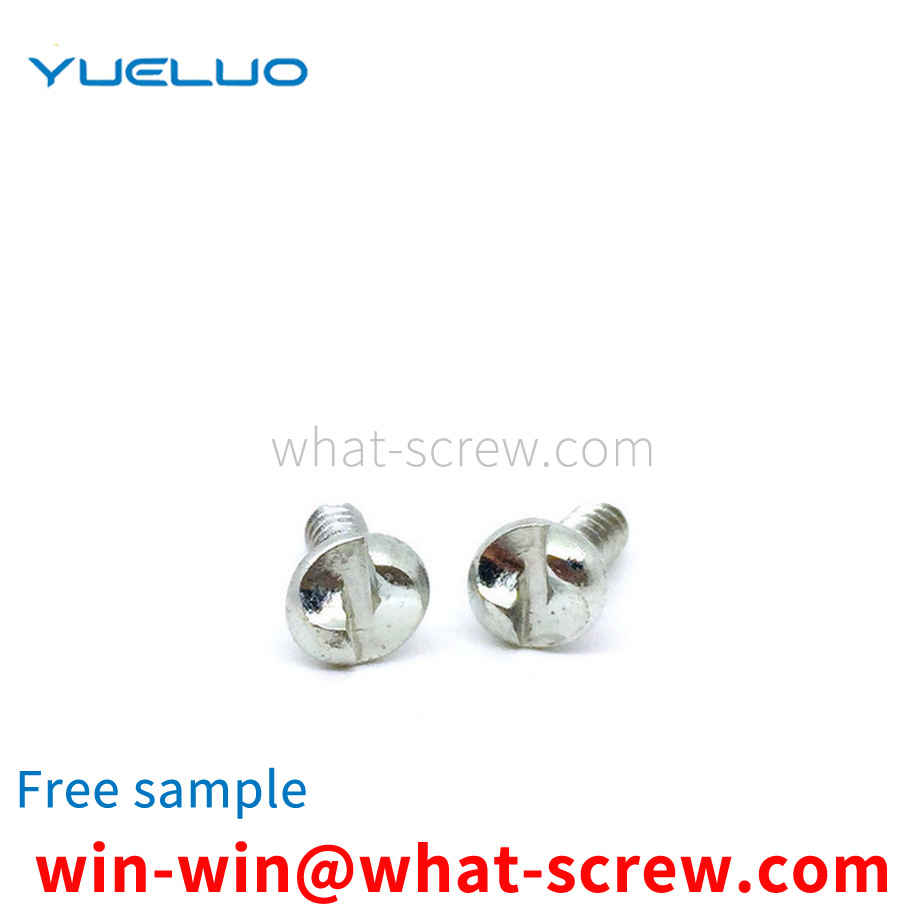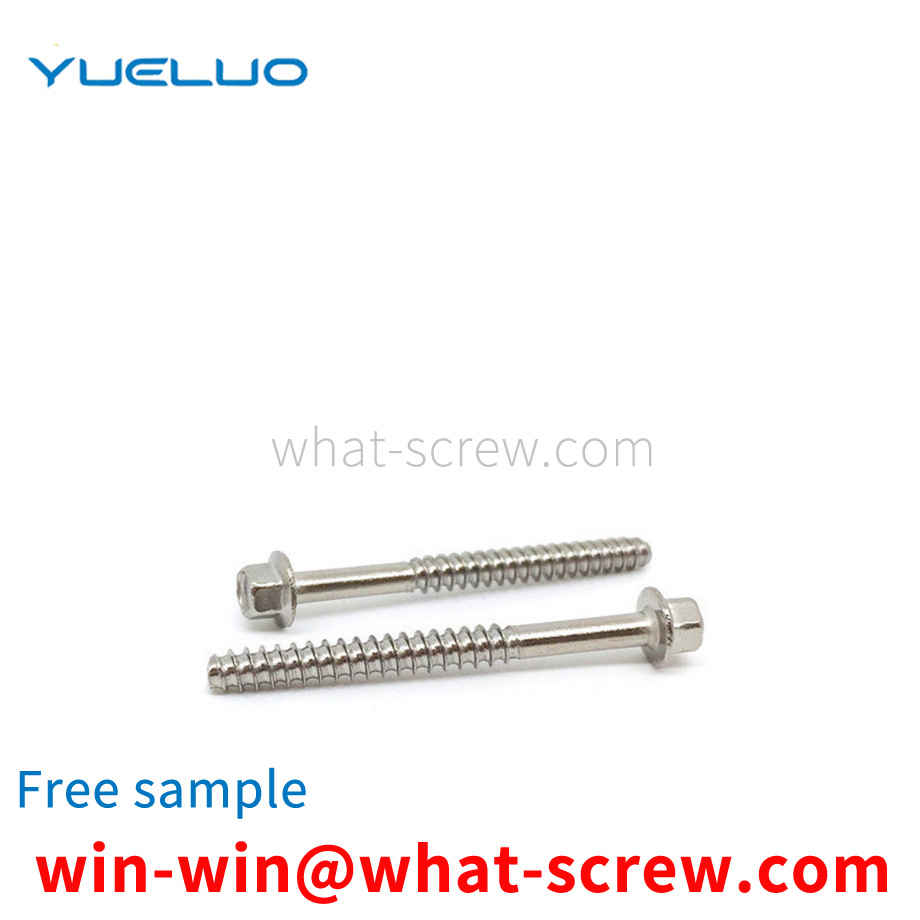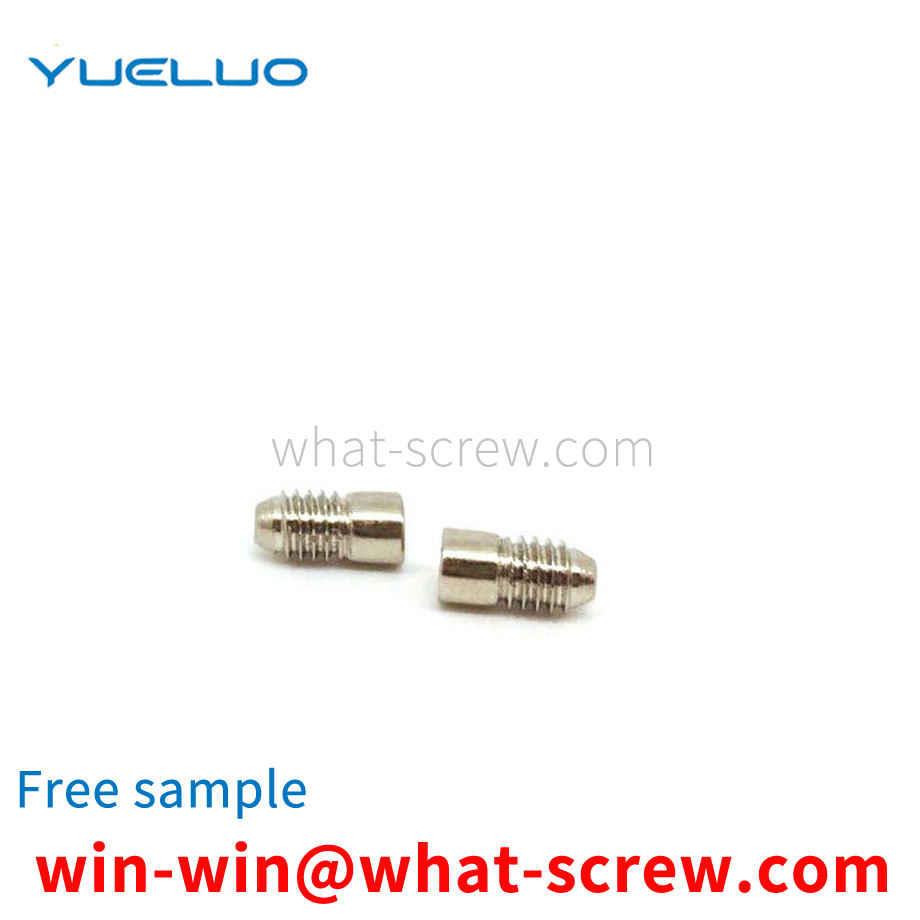What is the tolerance range of precision screws?
What is the tolerance range of precision screws?
Service Hotline
+86760-8787 8587We have more than ten years of production experience in the screw industry, the main products are: 304 narrow side flat gasket, what is the washer, carbon steel Q215 furniture trapezoidal nut, JB4358 pin, all stainless steel washer, iron galvanized rivet nut, HTP plastic isolation column , Countersunk head Phillips stainless steel screws, black zinc-plated countersunk head screws, manufacturing rivets, bolt sets, through-hole nuts, handle hand screws, linear screw screw bearing nuts, mechanical bolts and other fasteners, due to product materials and specifications Different, the price is also different, if you need, please contact us.


A rivet is a nail-shaped object used to connect two parts with a through hole and a cap at one end. It is mainly used in riveting to connect the riveted parts by its own deformation or interference.

According to the force of the connection, it is divided into ordinary and hinged holes. According to the shape of the head: there are hexagonal head, round head, square head, countersunk head and so on. Among them, the hexagonal head is the most commonly used. Generally, countersunk heads are used where connections are required. [1] The English name of the riding bolt is U-bolt. It is a non-standard part. The shape is U-shaped, so it is also called a U-bolt. There are threads on both ends that can be combined with nuts. It is mainly used to fix tubular objects such as water pipes or sheets such as The leaf spring of a car is called a horse-riding bolt because it fixes the object in the same way that a person rides on a horse. According to the length of the thread, it is divided into two categories: full thread and non-full thread. [2] According to the thread type, it is divided into two types: coarse thread and fine thread. The coarse thread is not displayed in the bolt mark. The bolts are divided into eight grades: 3.6, 4.8, 5.6, 6.8, 8.8, 9.8, 10.9, and 12.9 according to their performance grades. Among them, the bolts above grade 8.8 (including grade 8.8) are made of low-carbon alloy steel or medium-carbon steel and are heat-treated (quenched). + Tempering), commonly known as high-strength bolts, and below grade 8.8 (excluding 8.8) are commonly known as ordinary bolts. [2] Ordinary bolts can be divided into three grades: A, B, and C according to the production accuracy. Grades A and B are refined bolts, and grade C is rough bolts. For connecting bolts for steel structures, unless otherwise specified, they are generally ordinary rough grade C bolts. There are differences in the processing methods of different grades. Usually the corresponding processing methods are as follows: ① The bolts of grade A and B bolts are processed by lathes, with smooth surfaces and accurate dimensions. High, rarely used; ②C-grade bolts are made of unmachined round steel, the size is not accurate enough, and its material property grade is 4.6 or 4.8. The deformation is large during shear connection, but the installation is convenient and the production cost is low. It is mostly used for tensile connection or temporary fixation during installation. [2]


When using, after installing the nut and the bolt in place, insert the locking strip from the groove of the bolt, and make the V-shaped locking teeth of the locking strip snap into one of the V-shaped tooth grooves, and push the locking strip into the groove as a whole. The V-shaped locking teeth are stuck in the nut, and the locking strip body is stuck in the groove of the bolt, thereby restricting the relative rotation of the nut and the bolt, and there are threads between the nut and the bolt to restrict their relative sliding, so it can prevent the nut from loosening, even from The bolt falls off; when the nut needs to be disassembled, it is only necessary to pull out the locking strip from the groove, and the nut can be disassembled normally.

Dowels are made on the steering seat on the ball head of the car, and the rollers are assembled to the steering seat through the dowels. The prior art is manual driving of the pins, and the position of the pins is inaccurate when driving the pins, the labor intensity is high, the efficiency is low, and the quality of the steering seat is also affected. Therefore, it is necessary to design an automatic pin-driving mechanism to drive the pins into the steering seat. .

The above content is uploaded by Yueluo or the Internet. If there is any copyright issue, please contact [email protected].

What is the tolerance range of precision screws?

How to choose the right stainless steel screw manufacturer?

Why is there an R angle under the head of the hexagon head s...

We have more than ten years of production experience in the ...

We have more than ten years of production experience in the ...

We have more than ten years of production experience in the ...

We have more than ten years of experience in the production ...